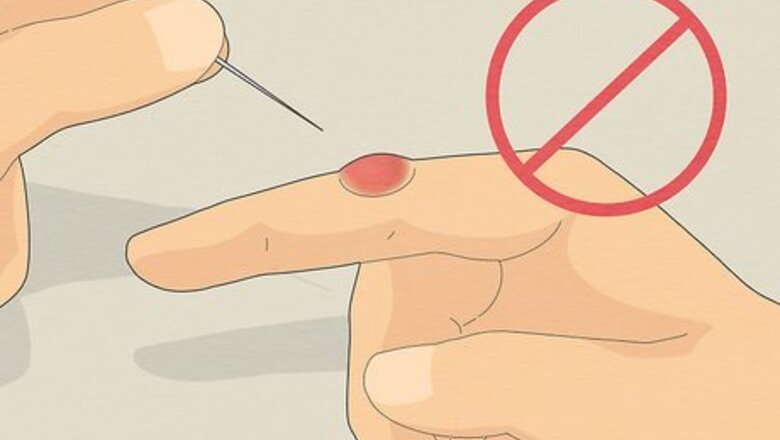
views
- To treat a blood blister, don't pop it—keep it clean and dry, and let it heal on its own. There's usually no need to get medical treatment.
- If a blood blister pops, rinse the area with cool water and cover it with a bandage. Don't peel or tear off the skin.
- Take ibuprofen or acetaminophen to relieve the pain after you pinch your skin. If your skin feels itchy, apply a cool, wet cloth to the blister.
How do I treat a blood blister?
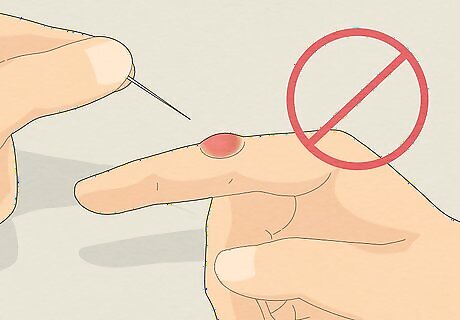
Avoid popping the blood blister to prevent infection. The skin covering the blister stops germs from entering the wound, so don't be tempted to drain your blood blister. Instead, put on a bandage or apply a piece of moleskin over the blister to protect it if you're worried that you'll accidentally pop it. If you pop or try to drain a blood blister, harmful germs and bacteria can get into the wound and cause an infection. It also slows down the healing time.
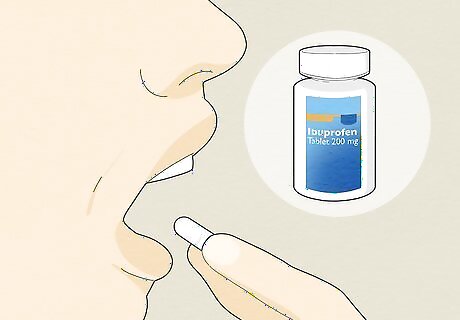
Take pain medication to relieve discomfort and leave the blister alone. Fortunately, there's not much for you to do to treat a blood blister—it heals all by itself. The most important thing you can do is prevent further injury and take ibuprofen or acetaminophen to manage the pain. Blood blisters can make your skin feel warm and tender to the touch, so pain relievers can really help.
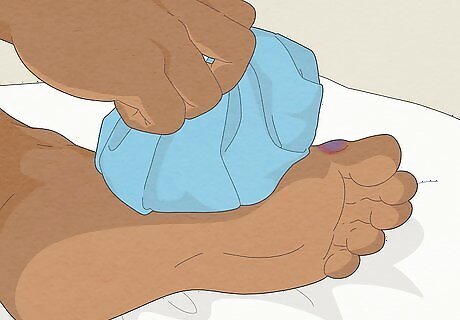
Apply a cold compress or ice pack if your skin feels hot. To temporarily numb the pain after pinching your skin, wrap an ice pack in cloth and press it gently against your skin for 10 to 20 minutes. If the area is itchy, lay a cool wet cloth on your skin or soak in a cool bath.
What should I do if my blood blister pops?
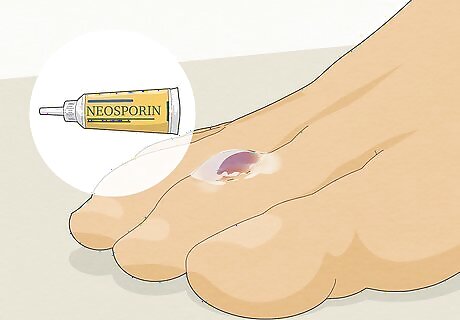
Spread a light layer of antibiotic cream over the wound. Rinse the popped blood blister with cool water—there's no need to use soap, hydrogen peroxide, or alcohol since they can slow down healing. When your blood blister pops or tears, it opens the way for germs and bacteria to get into the wound. To prevent infection, gently apply a thin layer of antibiotic cream onto your skin. Alternatively, you could use petroleum jelly, which acts as a barrier and prevents the bandage from sticking to the blister.
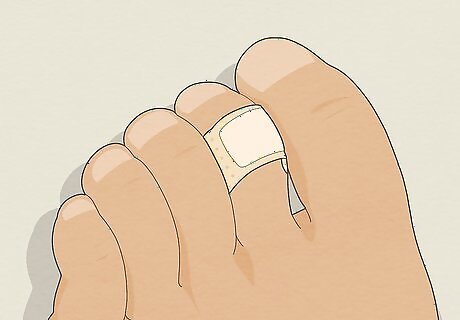
Cover the popped blood blister with a bandage. Don't peel or tear off the flap of skin over the blister. Once it's clean, smooth it back over your skin and put the bandage over it. Although standard bandages work, a cushioned bandage provides more protection. Place a donut-shaped piece of moleskin around the blister before you put on the bandage if the blister is in a spot that will have things rub up against it.
How long does a blood blister take to clear up?

Blood blisters heal within 1 to 2 weeks. Although your blood blister is tender and large at first, it gradually gets smaller as the fluid inside the blister dries up. The whole healing process usually finishes within a couple of weeks. Try to stay off of your blood blister so you're not putting pressure on it, which could cause it to burst. If your blood blister is on your feet, elevate your feet whenever possible.
When should I see a doctor?
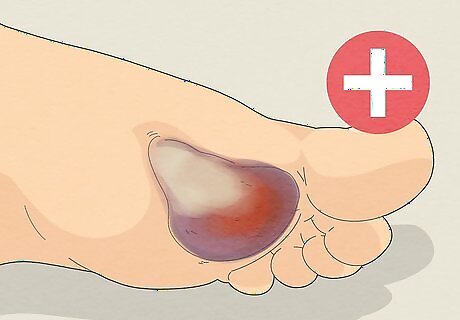
Call your doctor if the blister doesn't heal or it looks infected. If you've got an infection, the blister might feel painful or it will swell up instead of shrink. The skin around the blister will look red or feel warm—you may even see streaks of red leading away from the blister. Oozing pus or fever are other telltale signs of infection, so don't hesitate to call your doctor if you have any of these symptoms. To treat an infection, your doctor might prescribe oral antibiotics. For a more serious infection, they may use intravenous antibiotics.
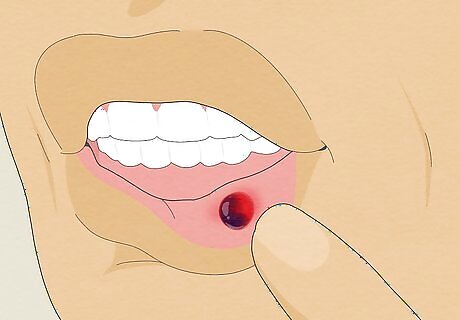
Get medical advice if your blood blister is in an awkward spot. If you've got a blood blister on your mouth, eye, or heel, for instance, ask your doctor if they recommend draining it. In some cases, if it's hard to go about your daily activities, they might suggest coming in to drain, treat, and bandage the wound.
What causes a blood blister?
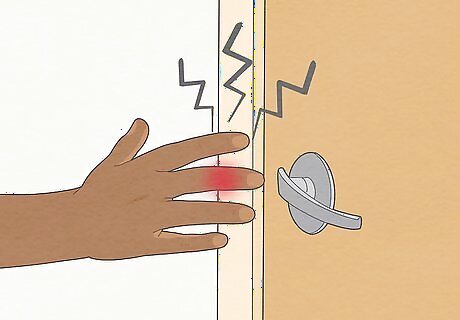
Blood blisters can form when your skin gets pinched. Usually, blood blisters form on your fingers or toes because it's easy for these to get pinched in a hinge or closing door. Blood blisters are pretty noticeable—you'll see a tender, raised pocket of a blister, but it's dark red or purple instead of clear. Most blood blisters form within a few minutes of getting your skin caught or pinched.
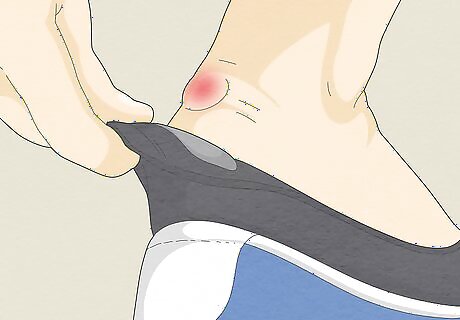
Minimize friction to prevent blood blisters. If you frequently get blood blisters in the same spots like on your feet, apply talc-free powder or wear thicker socks. If socks aren't an option, add padding directly to your shoes so they don't rub against and pinch your skin.




















Comments
0 comment